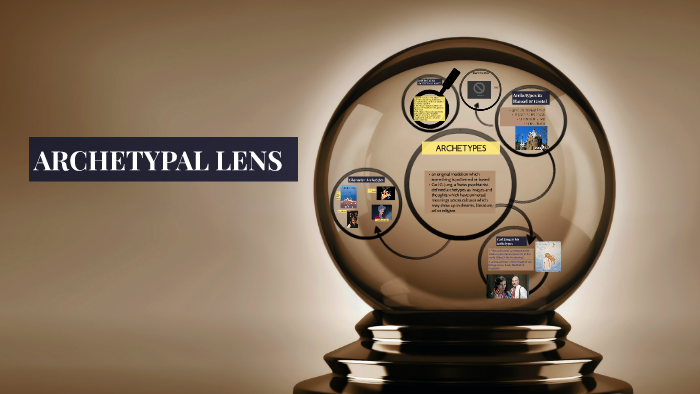Journal Entry #5: Analysis of Novel Using Literary Lenses
Examining "The Great Gatsby" through a psychological lens reveals the complex inner lives of the characters, especially Jay Gatsby. Gatsby is fixated on recreating an ideal moment from his past; his perfect love for Daisy. This obsession can be understood as a defense mechanism, allowing him to avoid confronting the harsher truths of his life, such as his modest origins, his detachment from reality, and his inability to adapt to the changes in Daisy and society. His relentless pursuit of Daisy serves to mask the recognition of the futility of his dream. Psychologically, Gatsby’s persistence is an attempt to regain control over his life and to overcome the sense of inferiority he once struggled with.
Daisy’s mental state is equally important. She appears emotionally numb and passive, almost resigned to her circumstances. Her indecision between Tom and Gatsby can be interpreted as a reflection of her inability to face her own inner desires and disappointments. Psychologically, Daisy may be seen as a product of her environment; someone trapped in the confines of her social status and the expectations placed upon her, unable to break free.
The socio-economic lens underscores the stark divisions between social classes in the novel; old money (East Egg) versus new money (West Egg), and the working-class individuals, like Myrtle Wilson, who are ensnared by the pursuit of upward mobility. Gatsby, a self-made millionaire, embodies the myth of the American Dream, which suggests that anyone, no matter their background, can attain wealth and success. Yet, Fitzgerald uses Gatsby’s tragic demise to critique this ideal. Although Gatsby’s wealth allows him to mingle with the elite, it does not lead to true acceptance, particularly from those born into wealth, like Daisy and Tom.
The social divide is also evident in the characters of Tom and Daisy, who are portrayed as morally bankrupt despite their old-money status. Their sense of entitlement and their disregard for the consequences of their actions reflect the privileges of the upper class, which remains untarnished by their behavior. This perspective reveals that while wealth may grant power and access, it does not guarantee happiness or fulfillment, and often comes at the cost of decency and integrity.
Archetypal Lens:
Through an archetypal lens, "The Great Gatsby" is rich with classic symbols of the pursuit of an unattainable goal. Gatsby embodies the archetype of the tragic hero, whose fatal flaw is his obsessive desire to recapture an idealized past. His quest for Daisy represents a journey toward an illusion; a goal that is ultimately unattainable, symbolized by the green light at the end of Daisy’s dock. The narrative follows the structure of the hero’s journey, but instead of achieving success or enlightenment, Gatsby’s path leads to his downfall.
Daisy, in turn, represents the poster figure of the unattainable love; the "woman on a pedestal"; who remains out of reach despite Gatsby’s tireless efforts. She symbolizes both hope and disillusionment, and her inability to choose between Gatsby and Tom serves as a reminder of the unattainable nature of idealized love.
Sources:
Lens Research & Definitions: https://cpb-ca-c1.wpmucdn.com/mycharlesbest.sd43.bc.ca/dist/c/2806/files/2021/09/Eight-Critical-Lenses.pdf
The book: https://www.planetebook.com/free-ebooks/the-great-gatsby.pdf
Images: Google.ca


Comments
Post a Comment